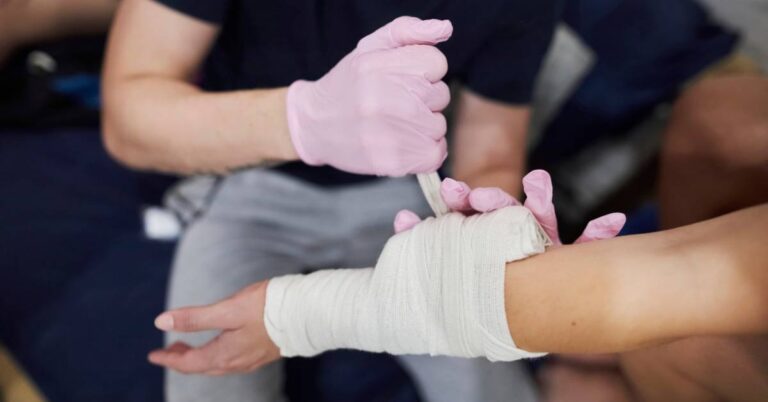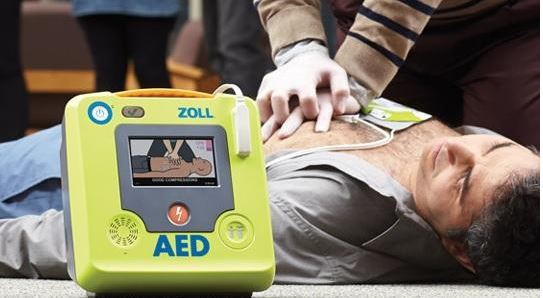
How to Improve Ambulance Safety
Providing quality patient care in a moving ambulance can be challenging. Any sudden swerves, stops, or even a minor fender bender can bring alarming injuries to patients and healthcare providers. More so, it is becoming a recurring fact that thousands of ambulances collide every year, and this is dangerous to both patients, healthcare providers, and the biomedical equipment on-board.
Therefore, several steps must be taken to safeguard patients and medics and minimize injuries from all unwanted events.
In recent years, the Society of Automotive Engineer (SAE) has updated its guidelines to this effect. However, regulations of ambulance safety differ from one geographical location to the other. So, bearing these factors in mind and the SAE guidelines, agencies must go the extra mile in preventing these injuries. Here are some tips your agency can consider when taking steps to improve ambulance safety.
- Use Compliant Cot Mounting Systems
Traditional cots use the “antler and rail” system, but a NIOSH study showed that a front impact collision from an ambulance moving at 30mph speed could break those antlers and send an adequately restrained patient into space usually occupied by the provider. Therefore, it’s essential to modify or upgrade your cot fastener systems and mounting systems to new SAE compliant models. These models are available in both manual and power cot systems.
- Integrate Surface Delethalization
Secure biomedical equipment such as cardiac monitors, oxygen cylinders, and other required equipment in a way that they cannot move freely during side, front, rear, or rollover collisions. According to the new SAE standards, surface delethalization should be integrated. This involves the replacement of hard impact surfaces with padded materials that can collapse in any case of sudden impacts and cushion providers during collisions.
- Consider Safe Seating Systems
Because medical personnel spends long periods of time sitting in an ambulance, it is essential to choose seating equipment wisely. Generally, your seating system must be easy to clean, comfortable, and functional. However, one challenge that stands out is the issue of seat direction. Recent studies show that forward or rear-facing seats may provide better protection in the event of evasive maneuver, and accidents than side-facing seats.
Real dangers exist in driving and riding in ambulances. But these dangers are predictable and can be alleviated by using safer equipment and practices. By considering SAE compliant cot mounting systems, using surface delethalization, and forward or rear facing seating systems, agencies can reduce some of those challenges and prevent injuries during transport.





